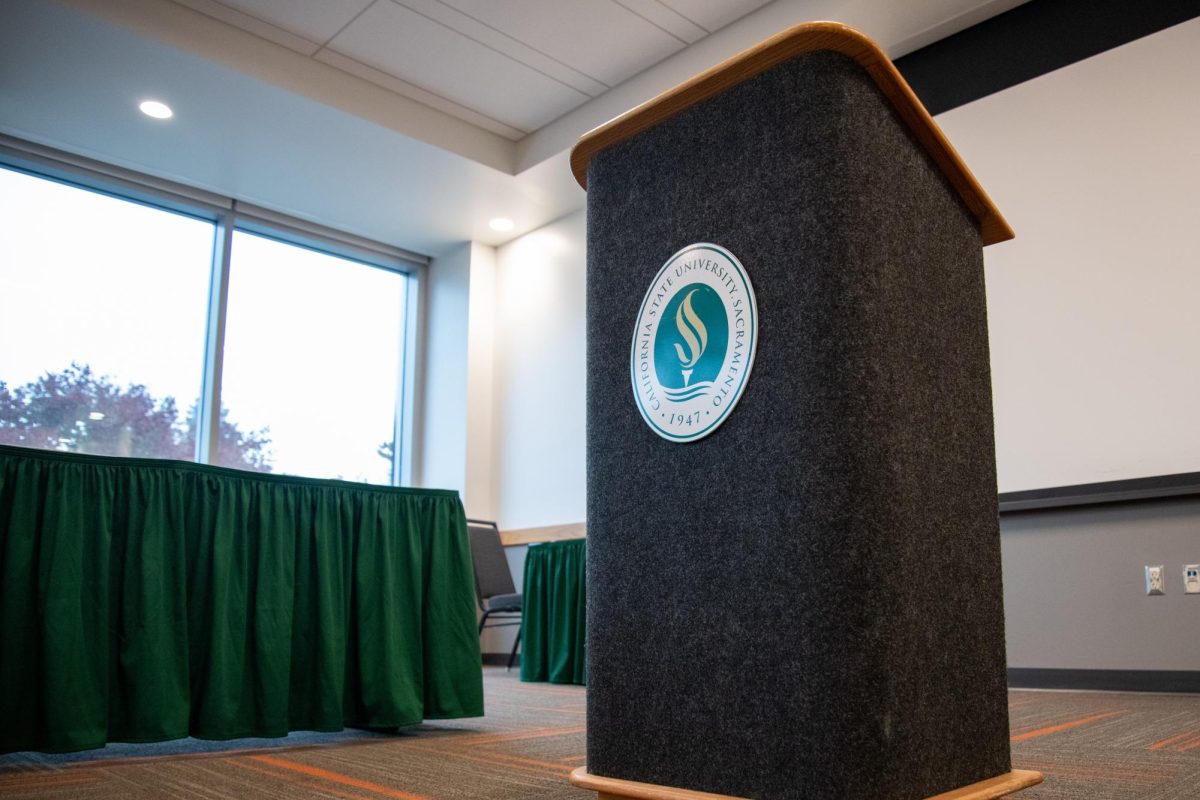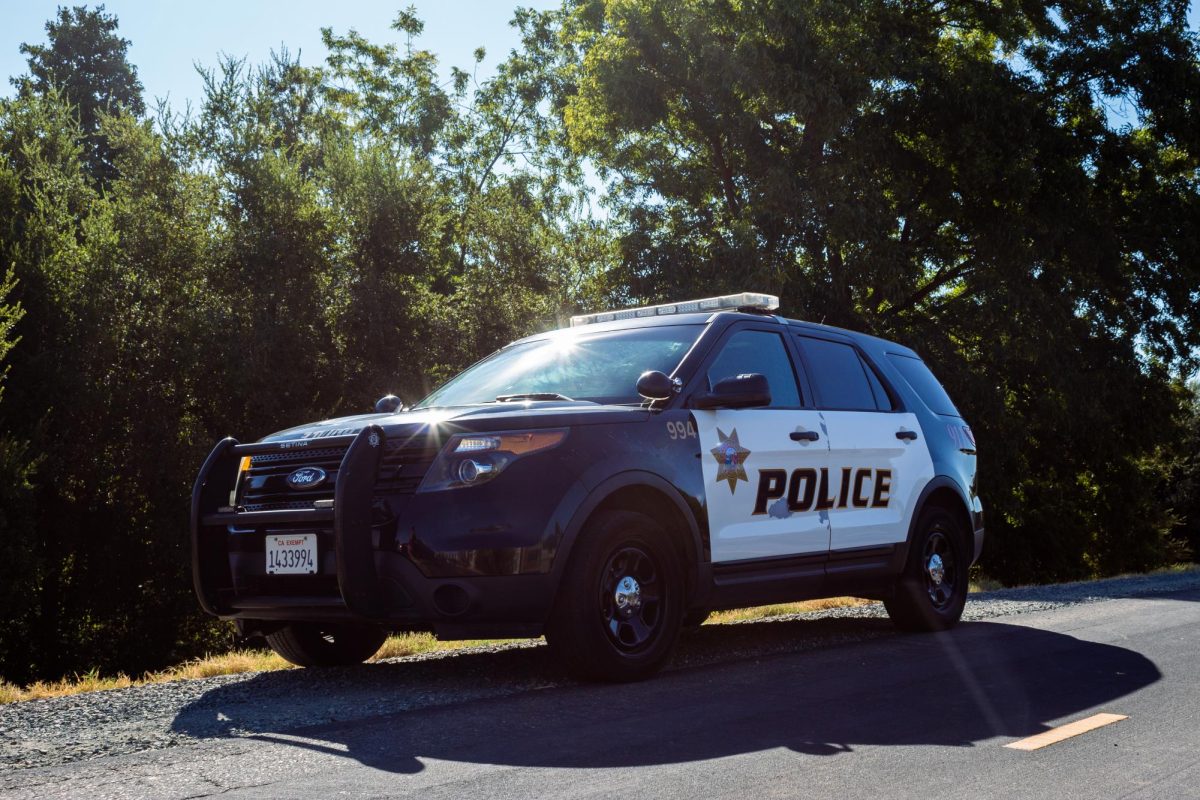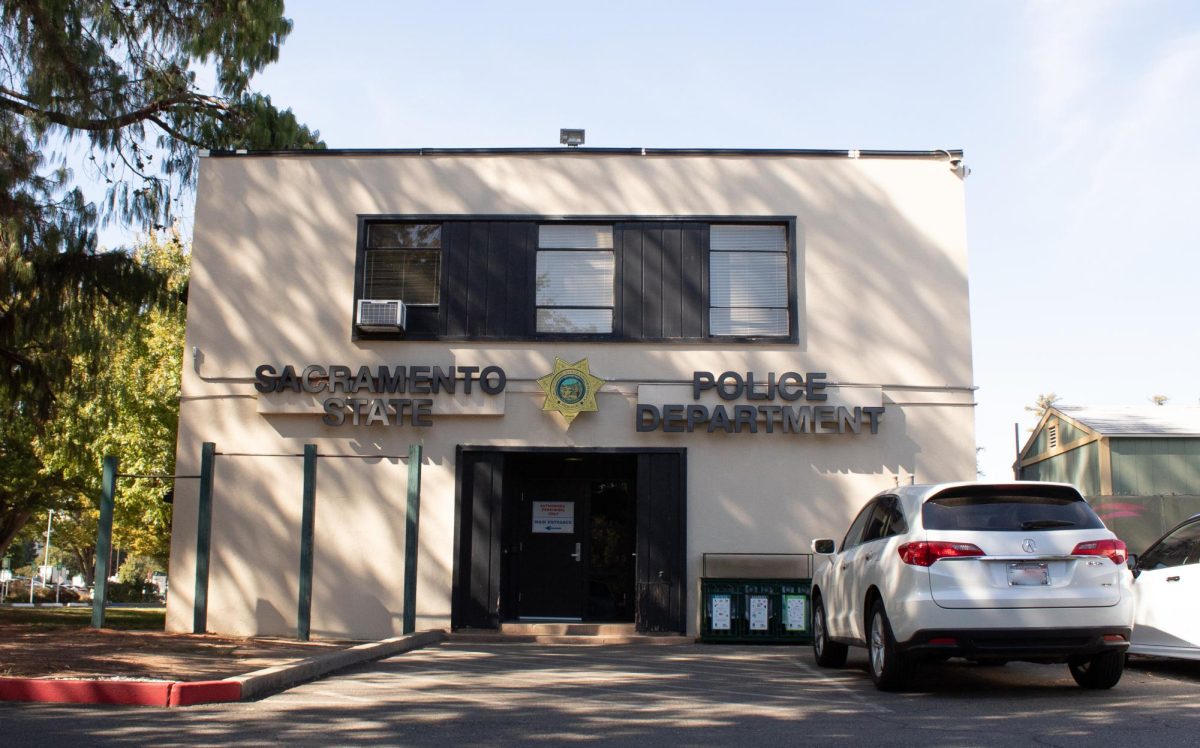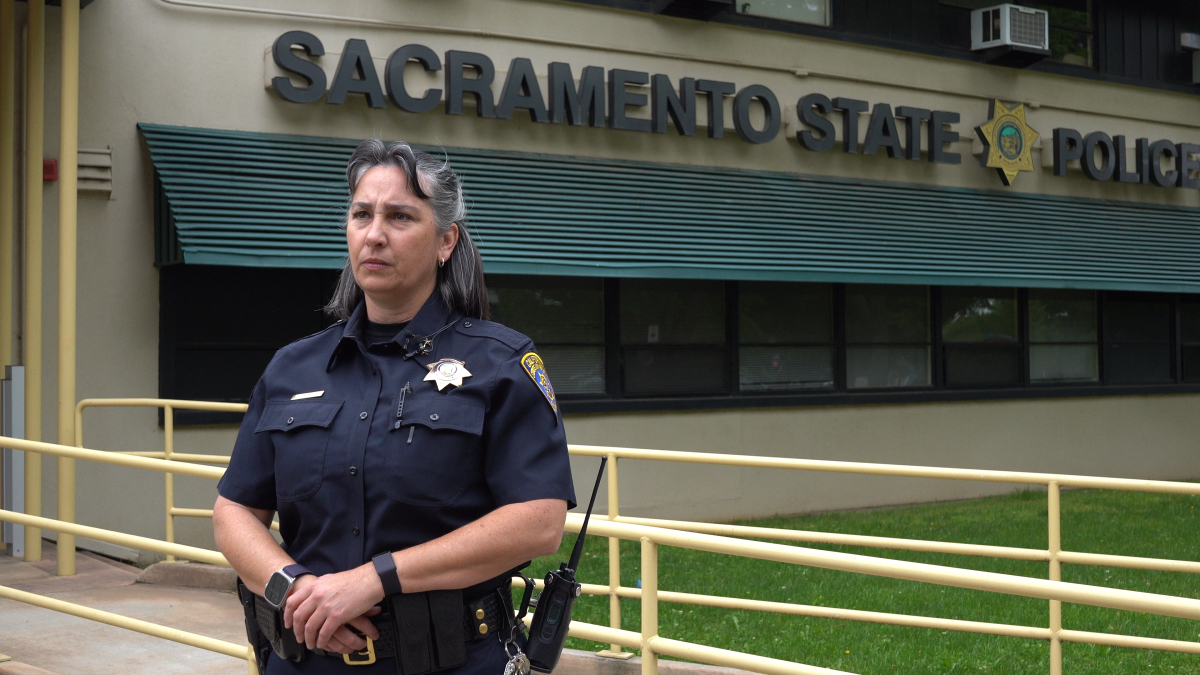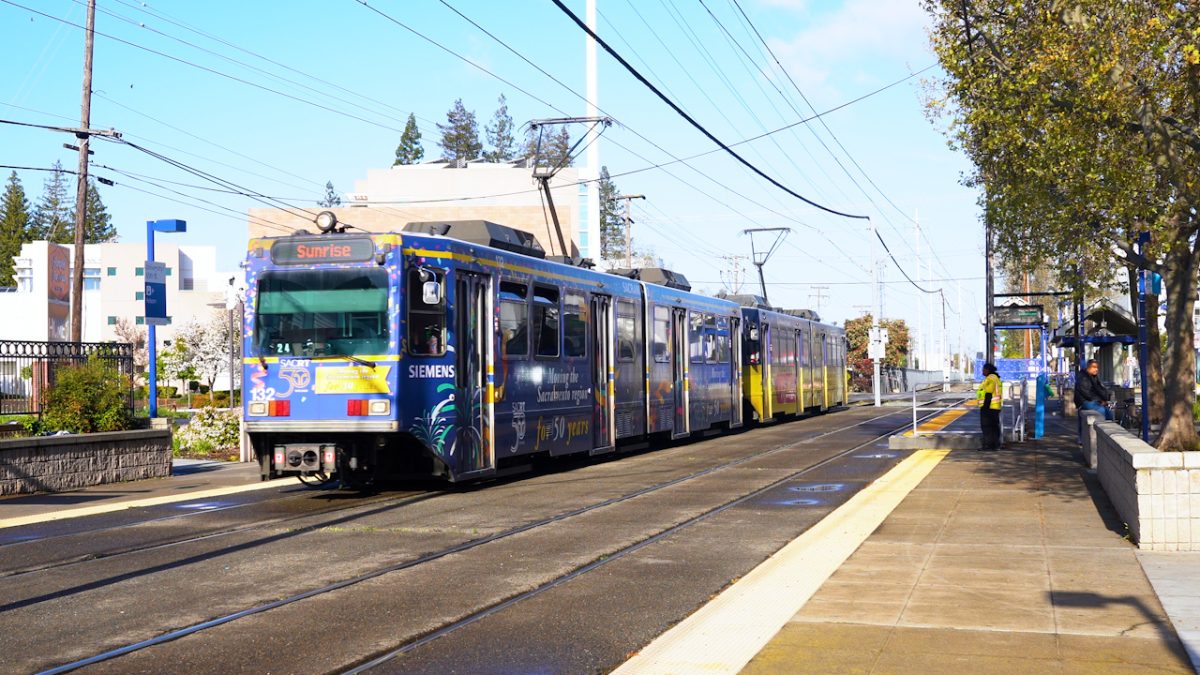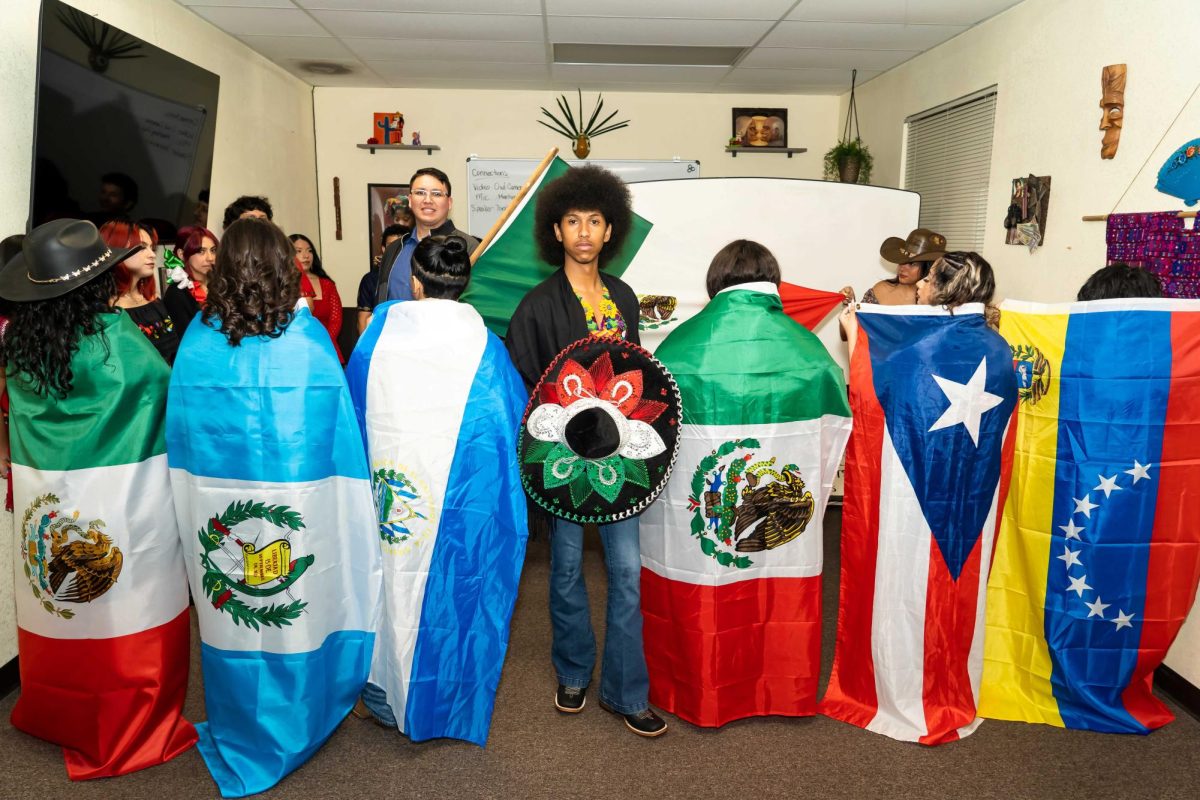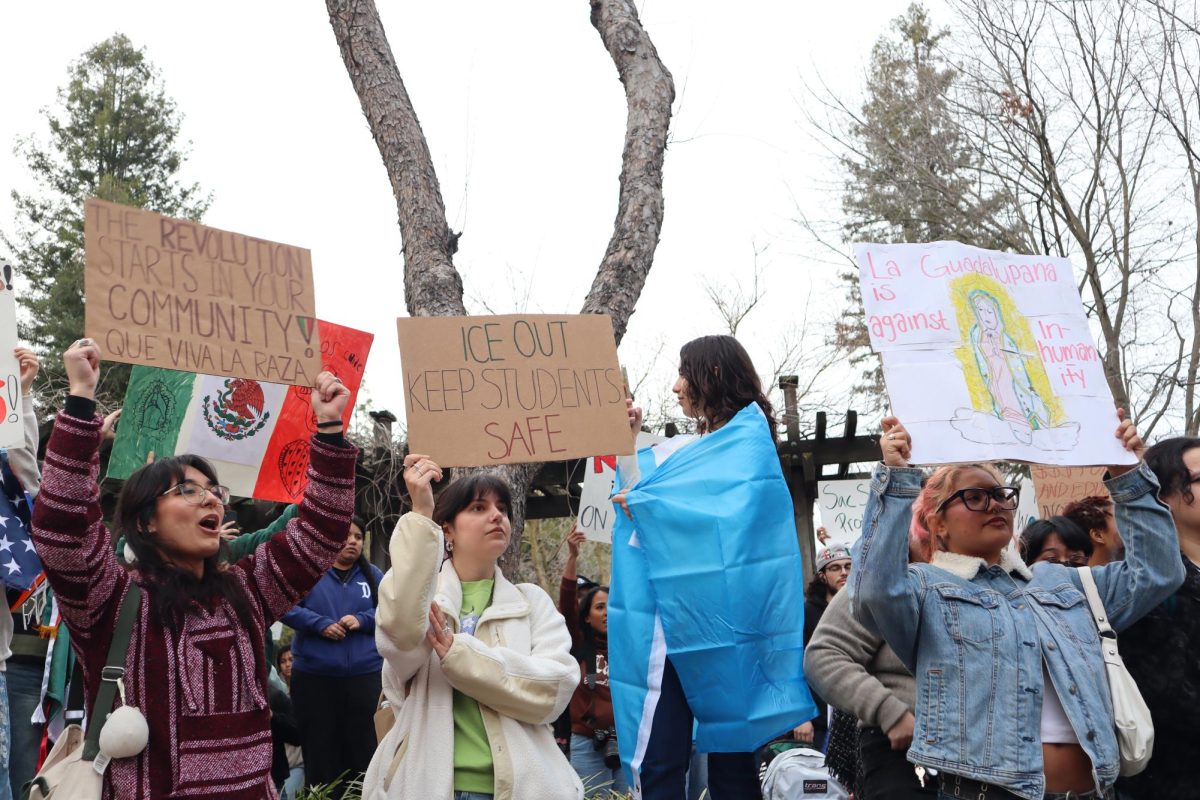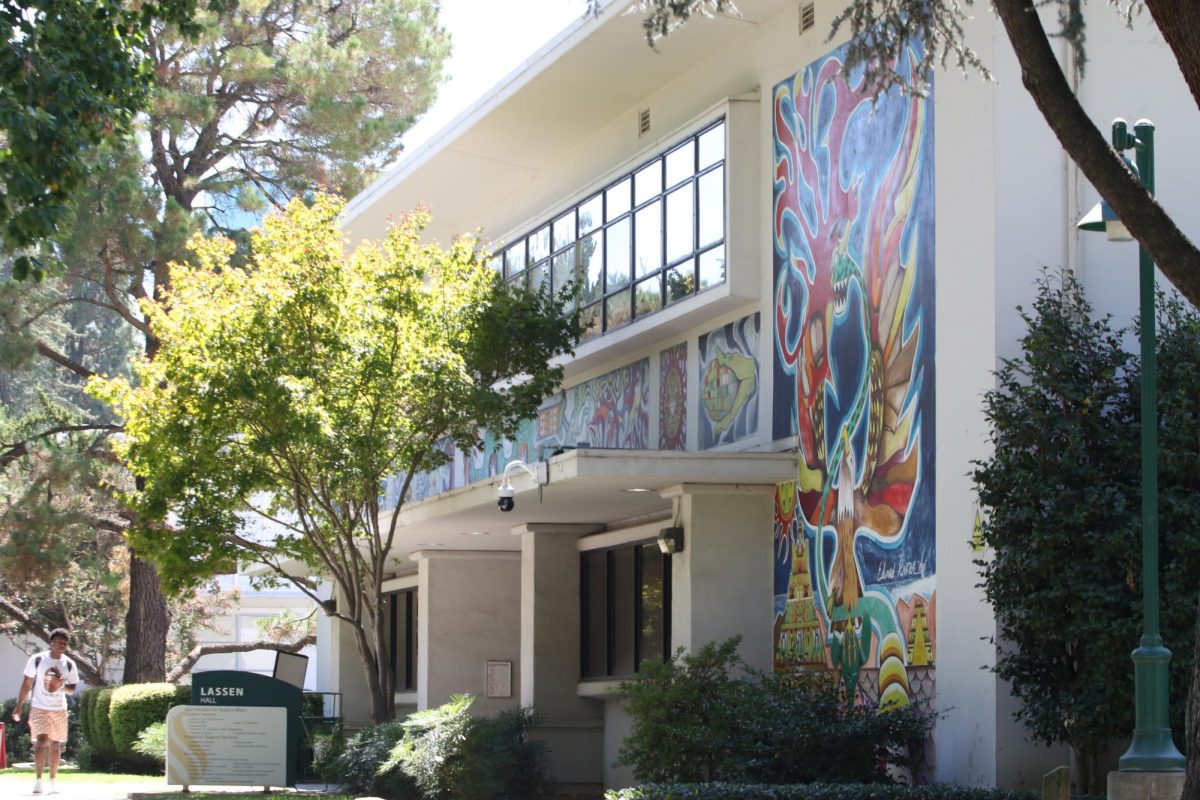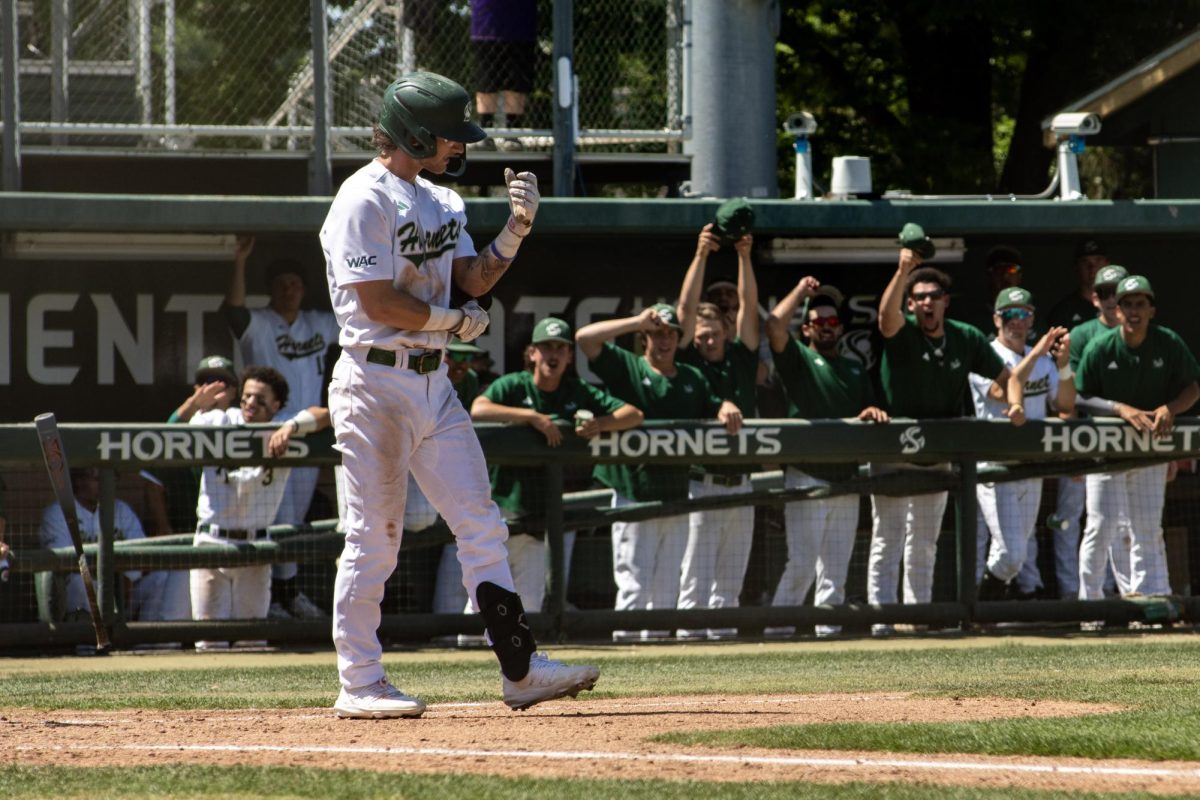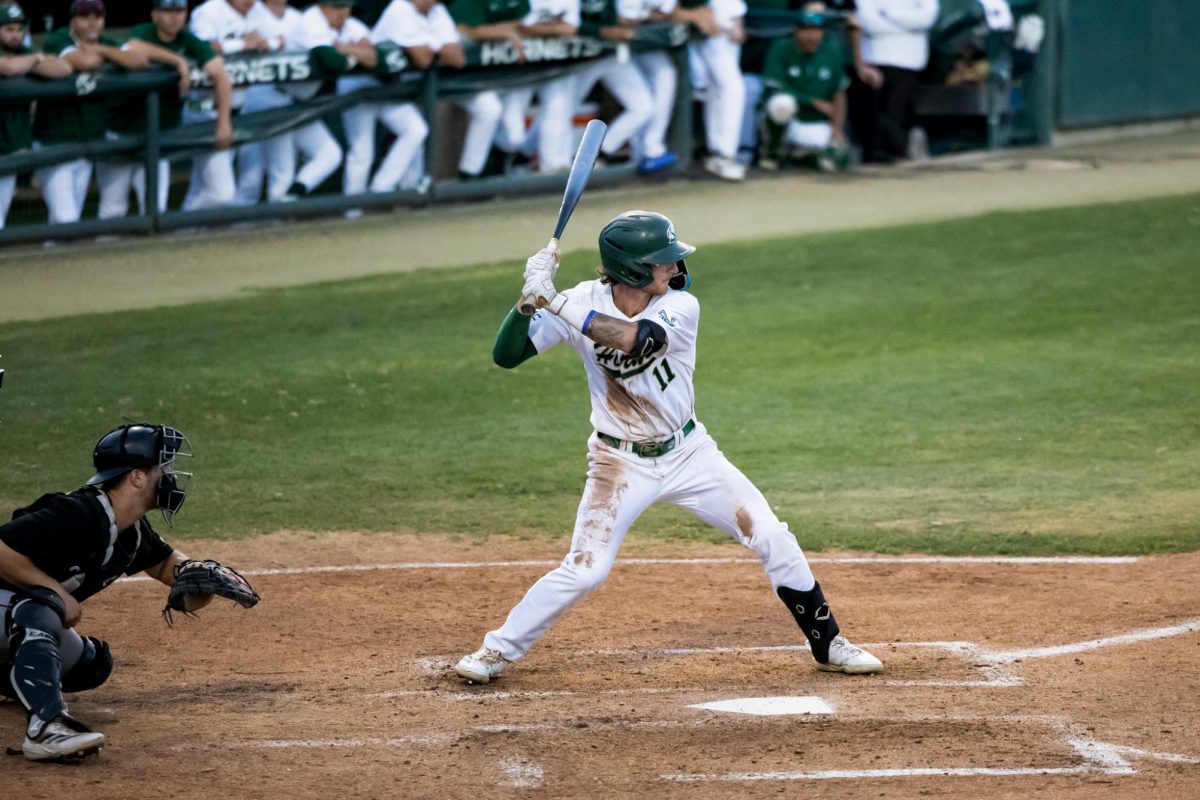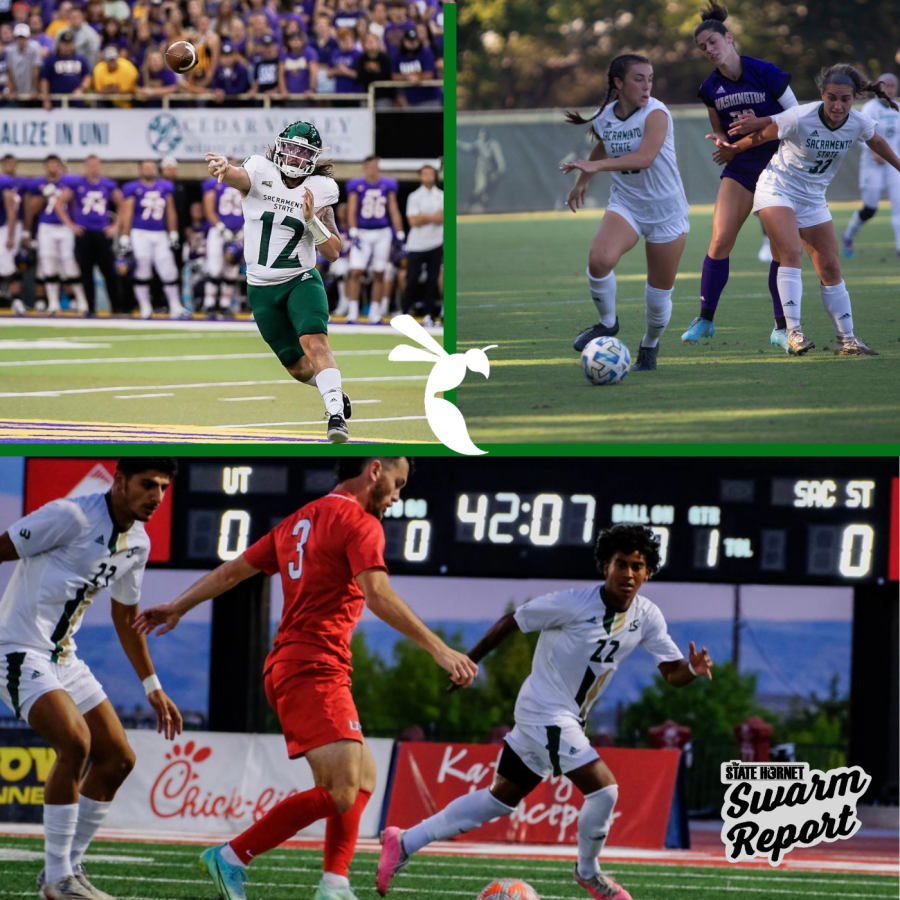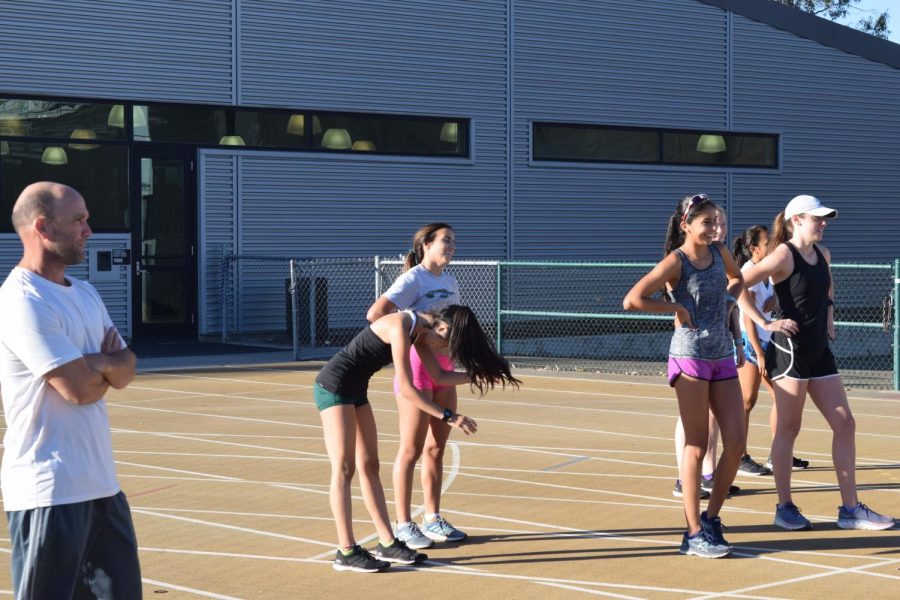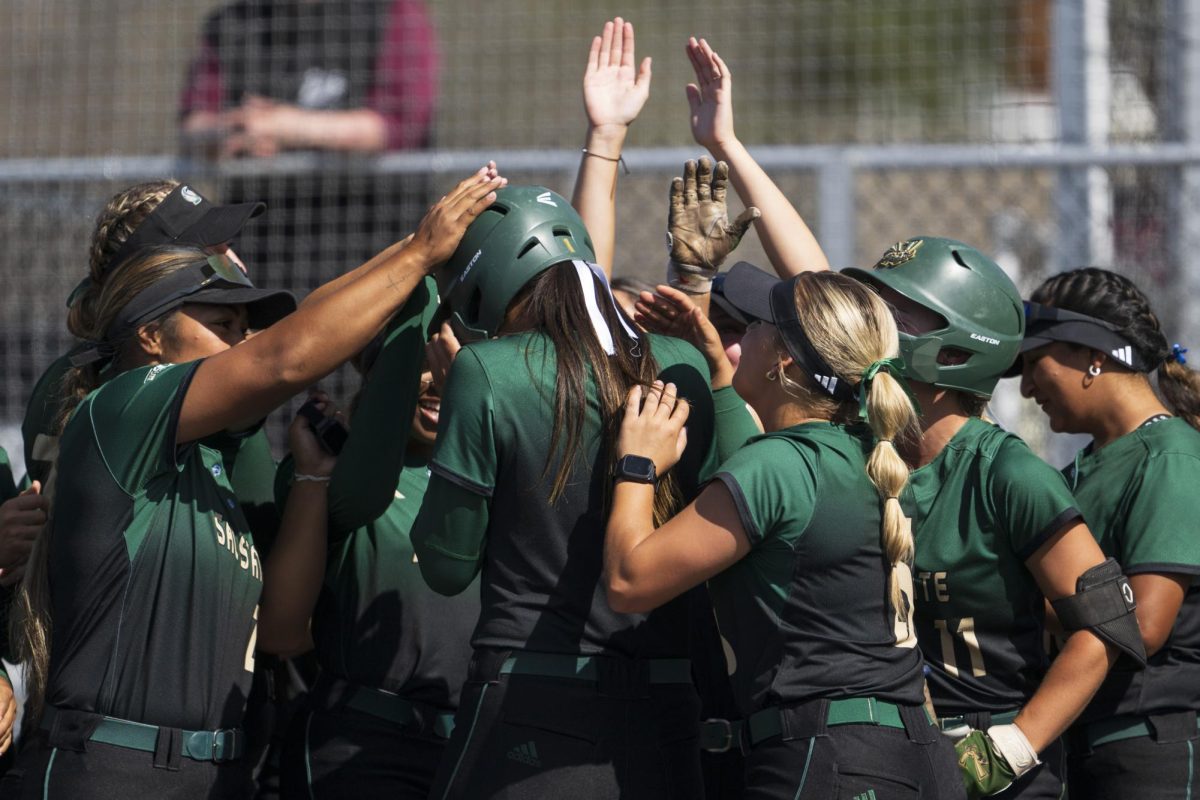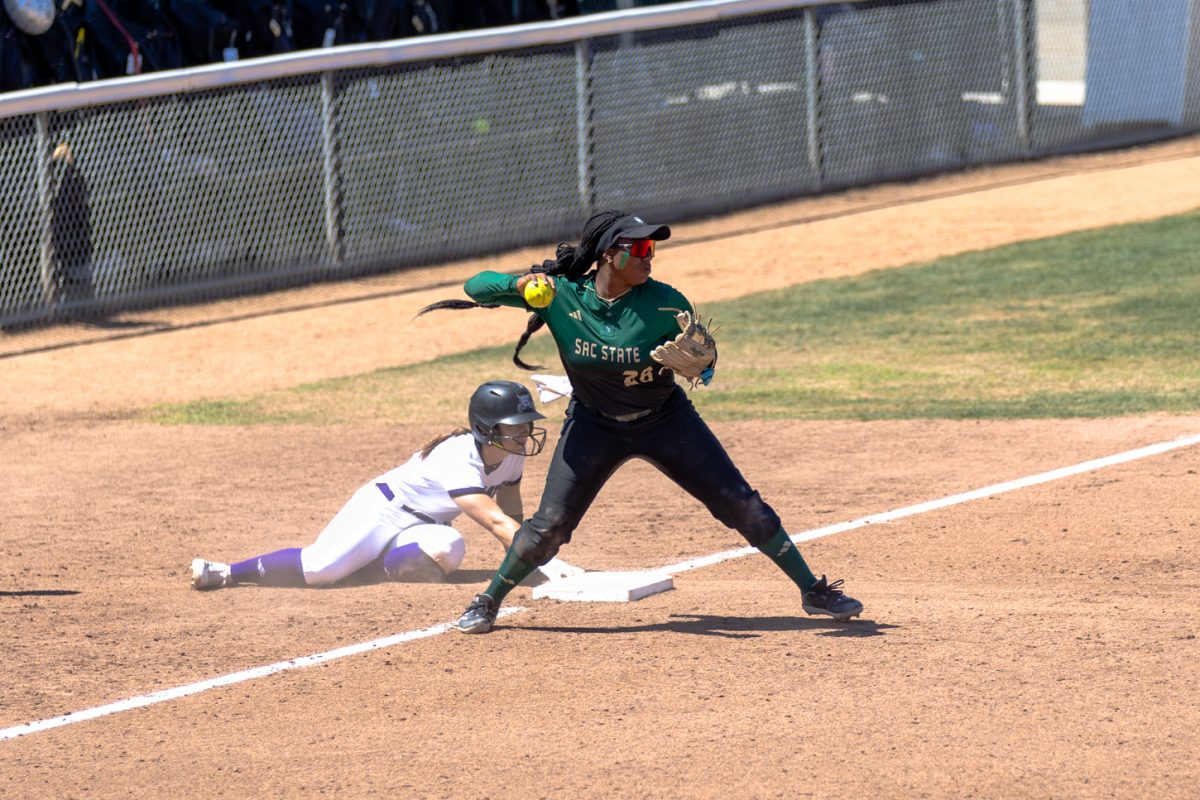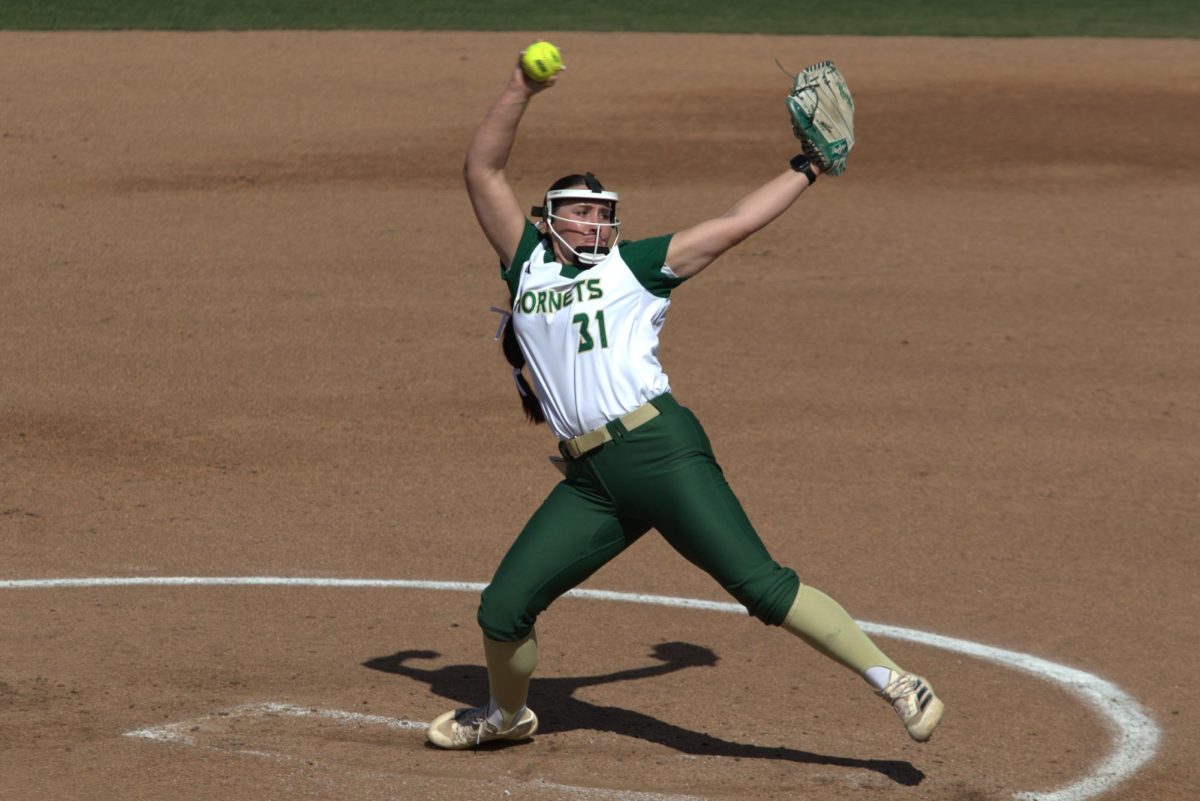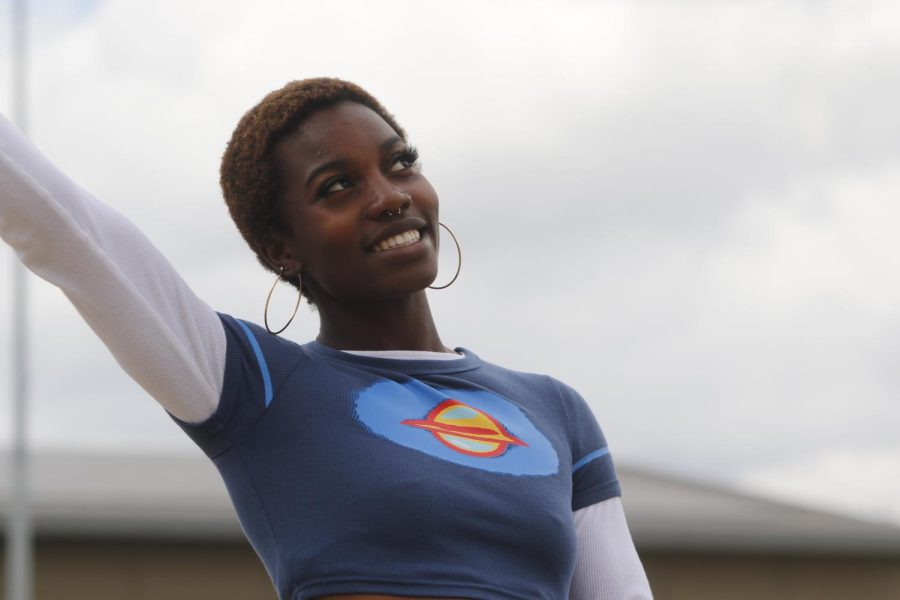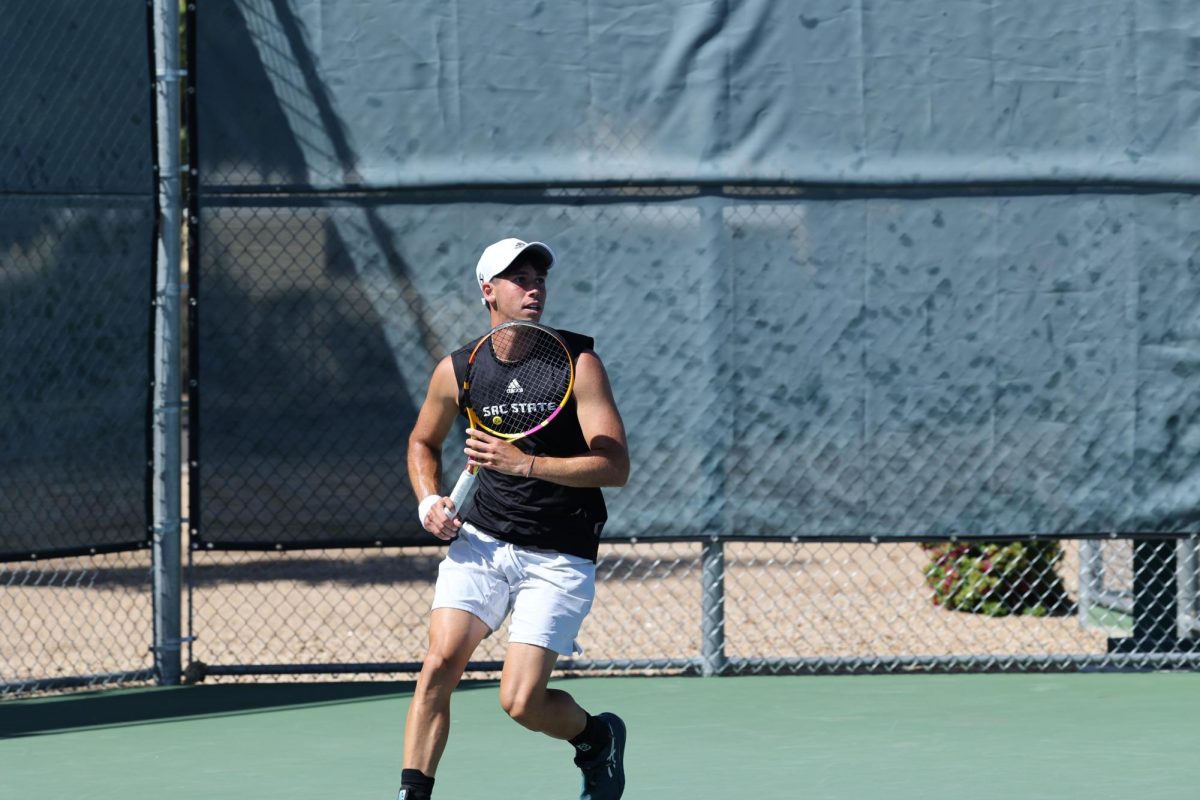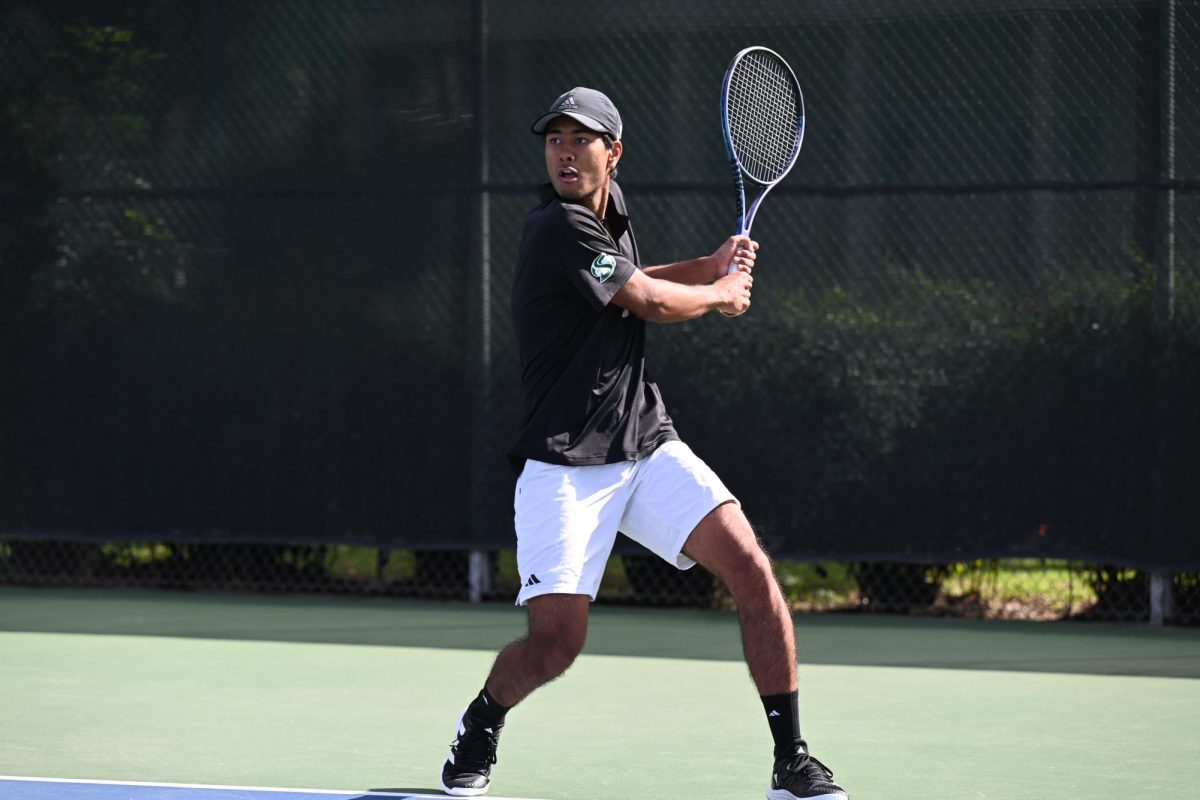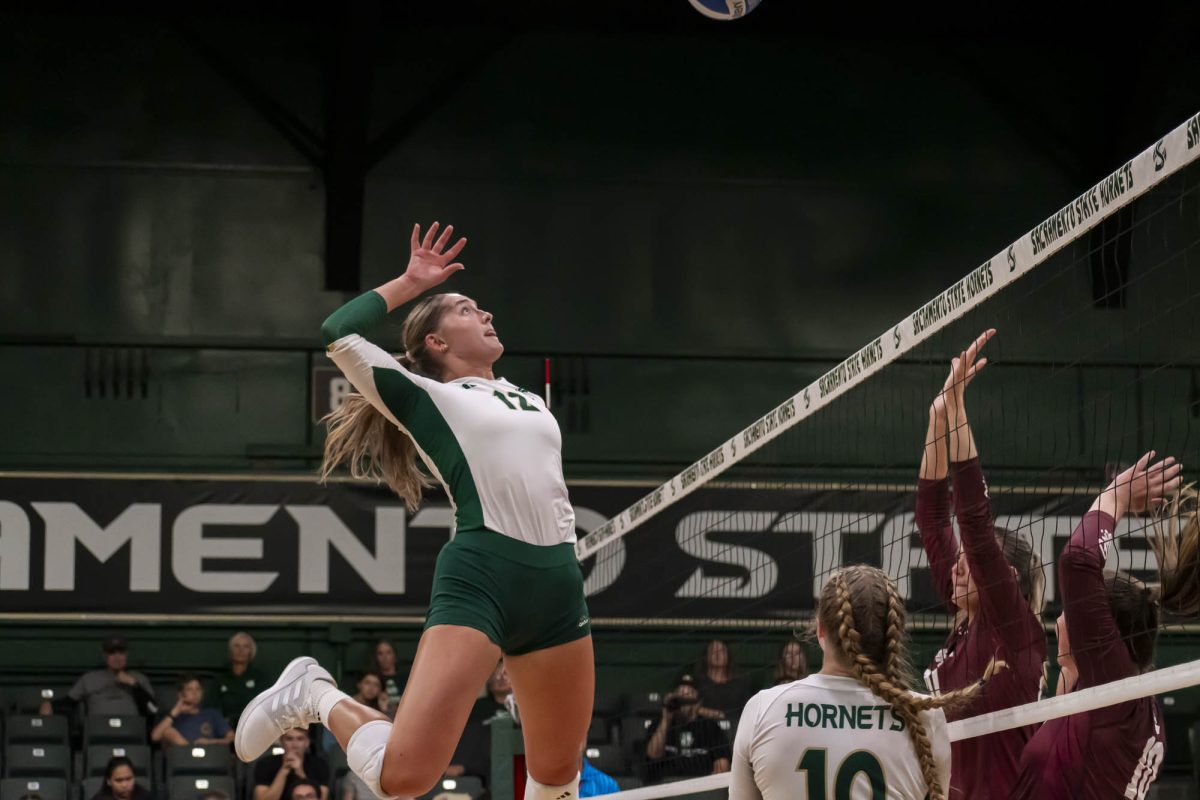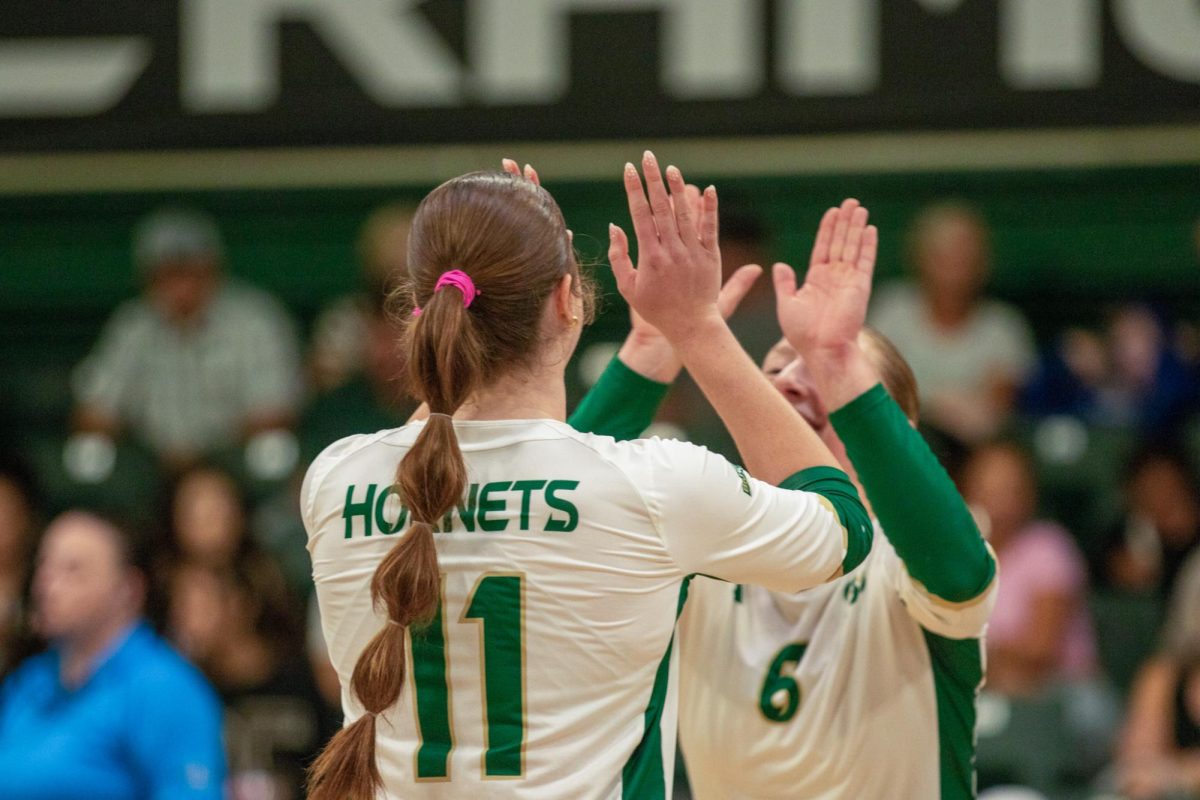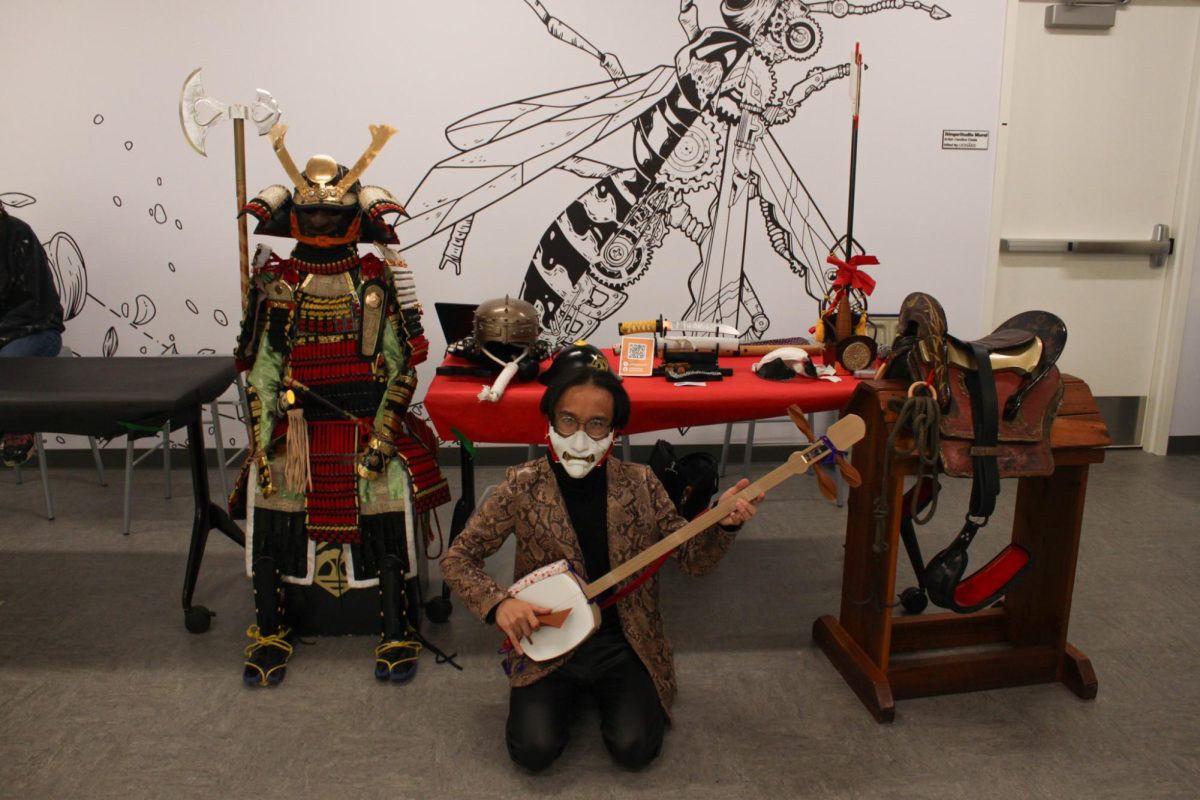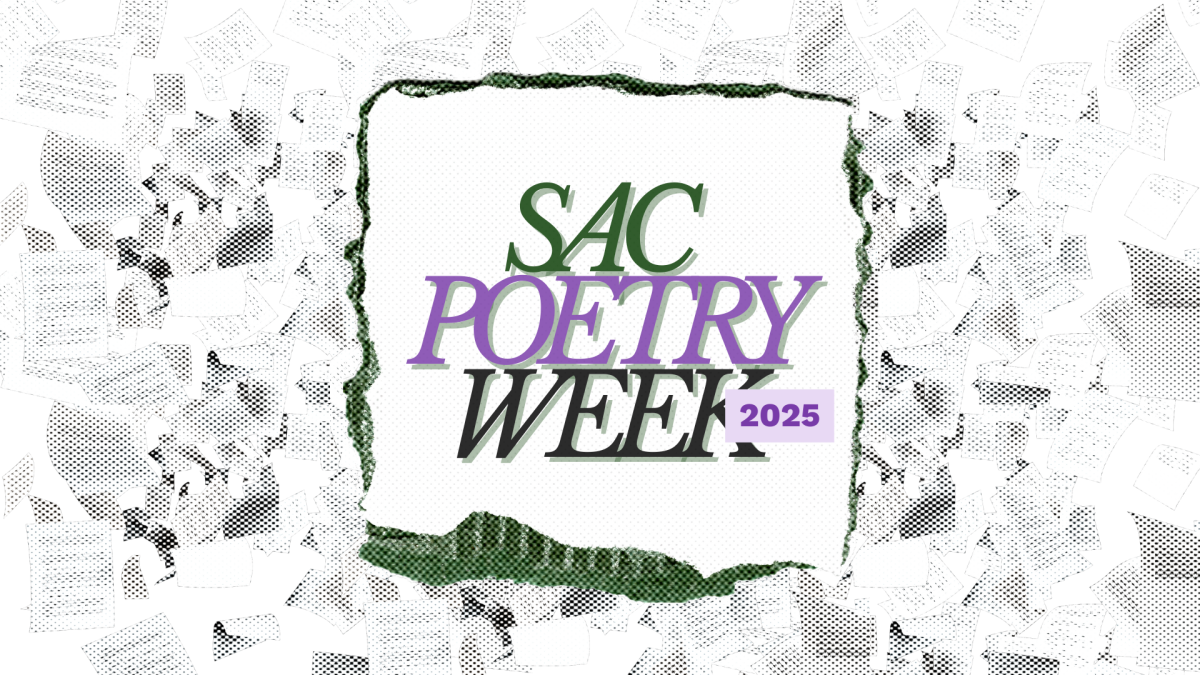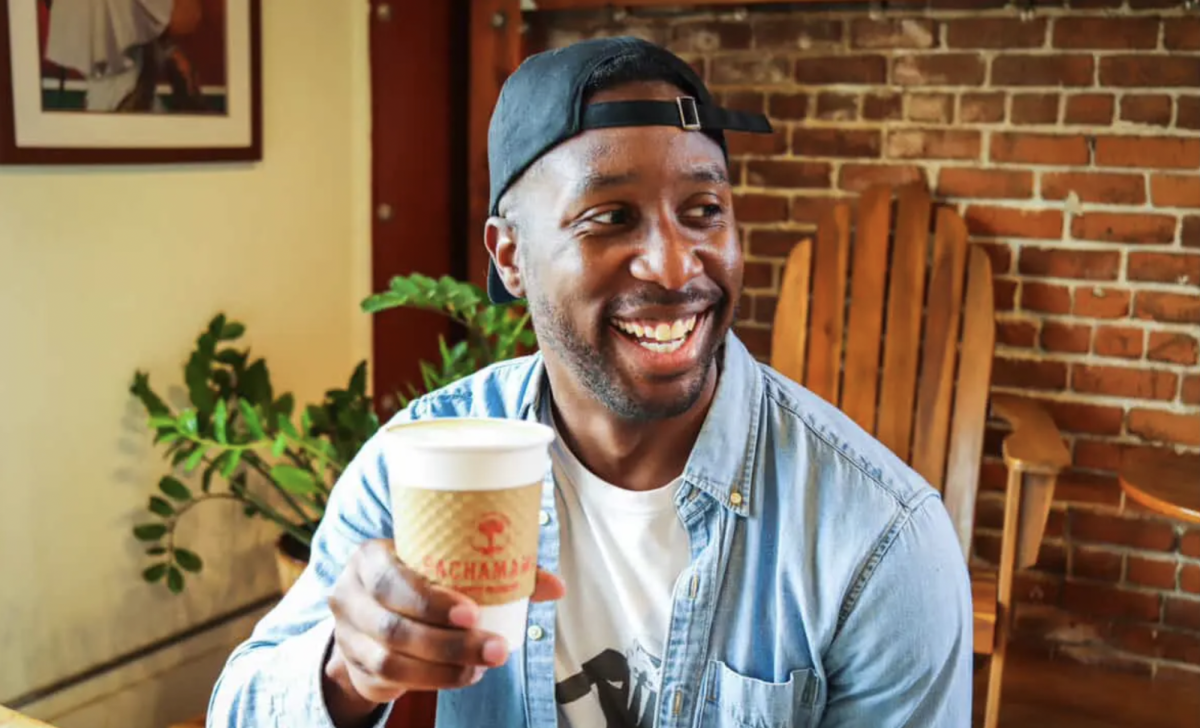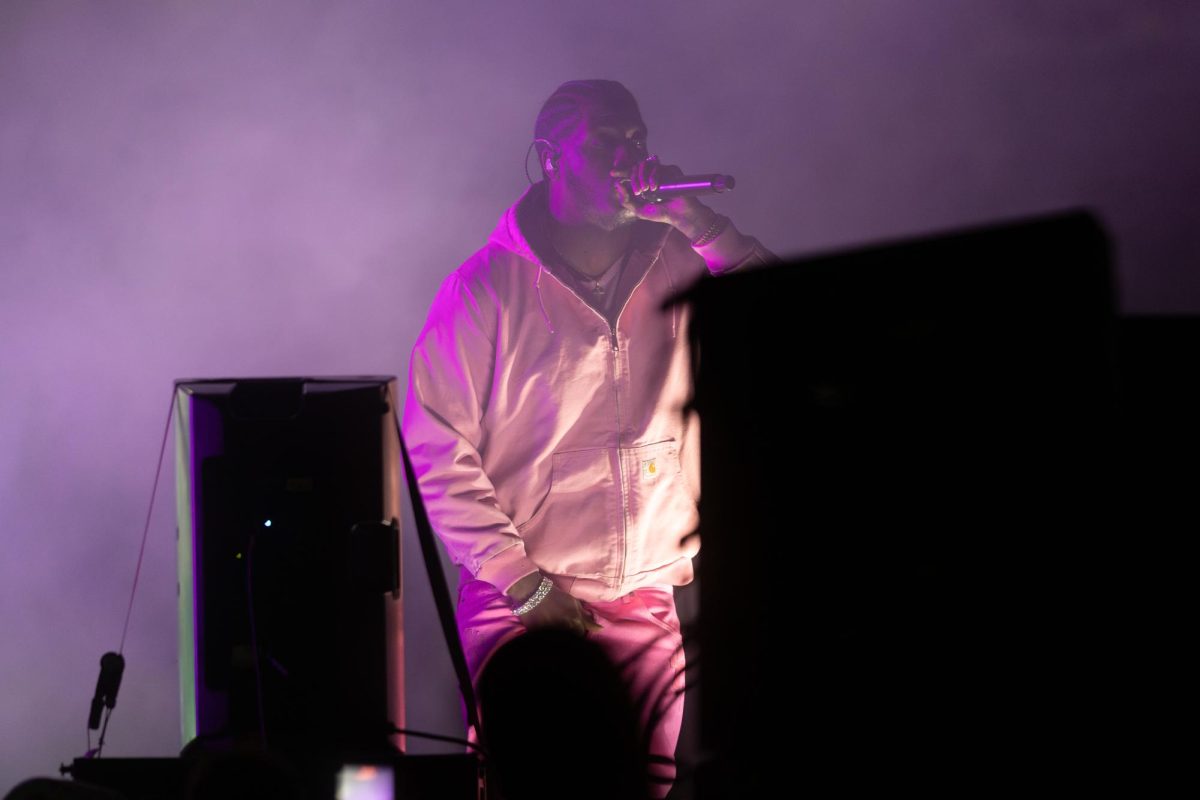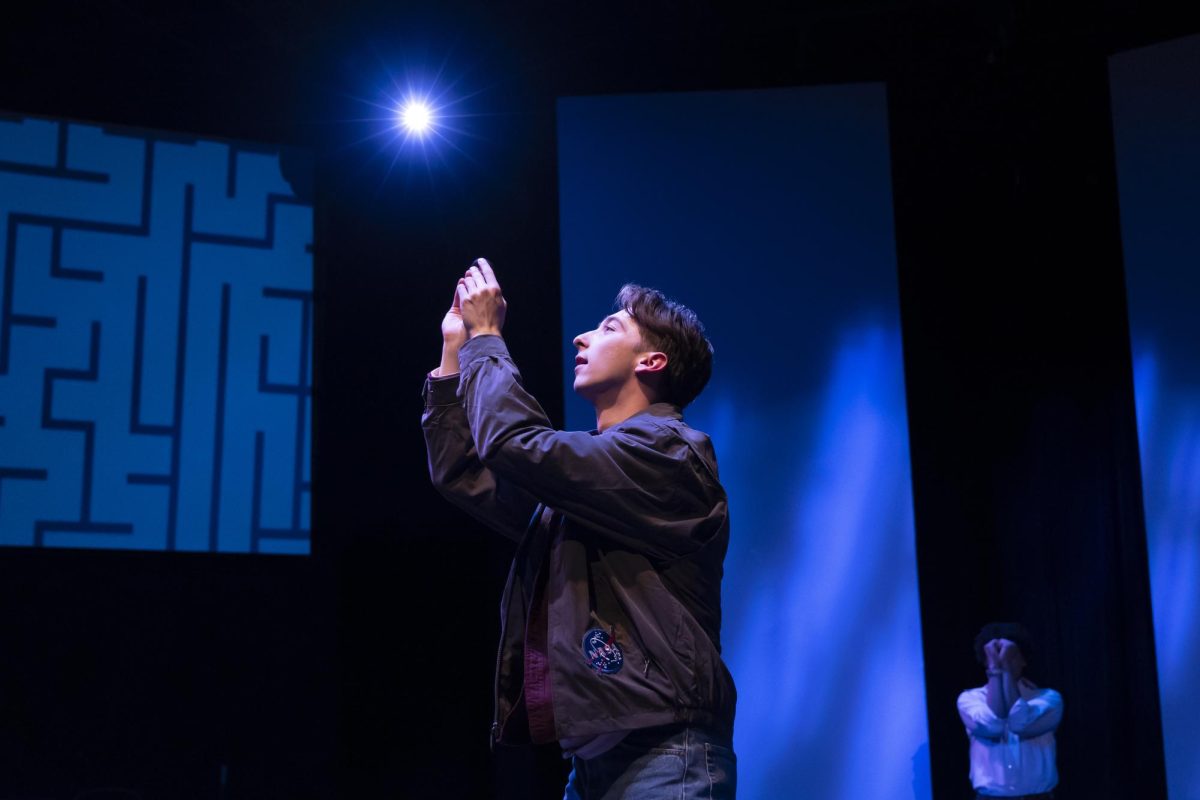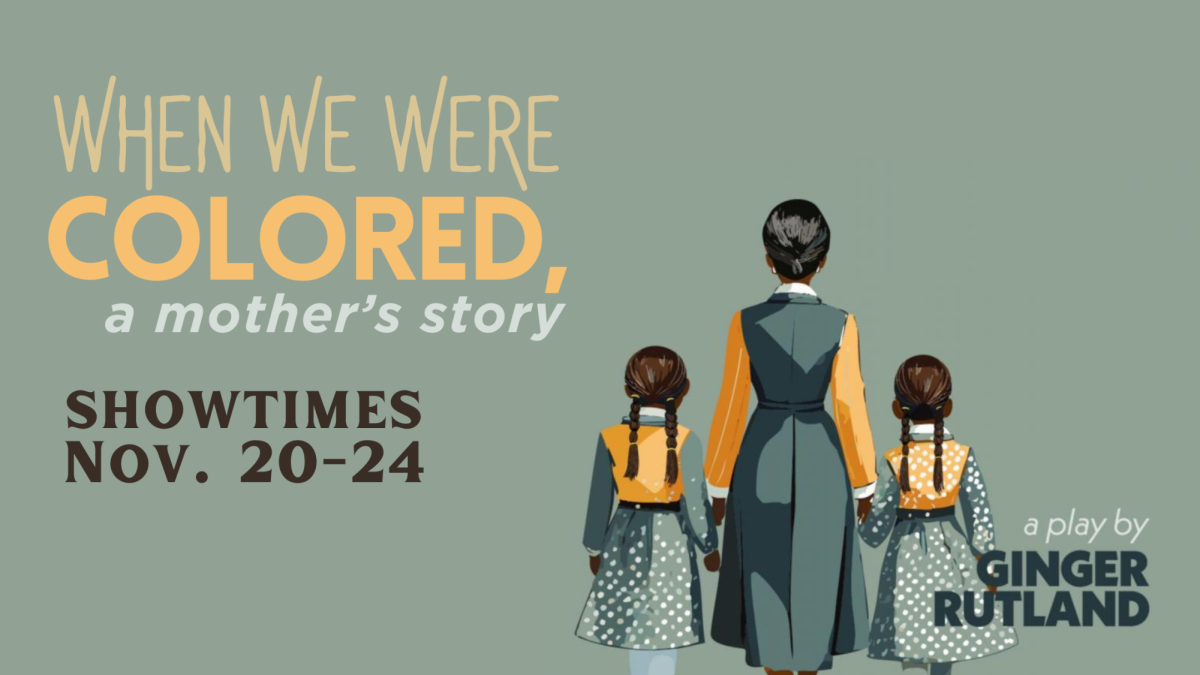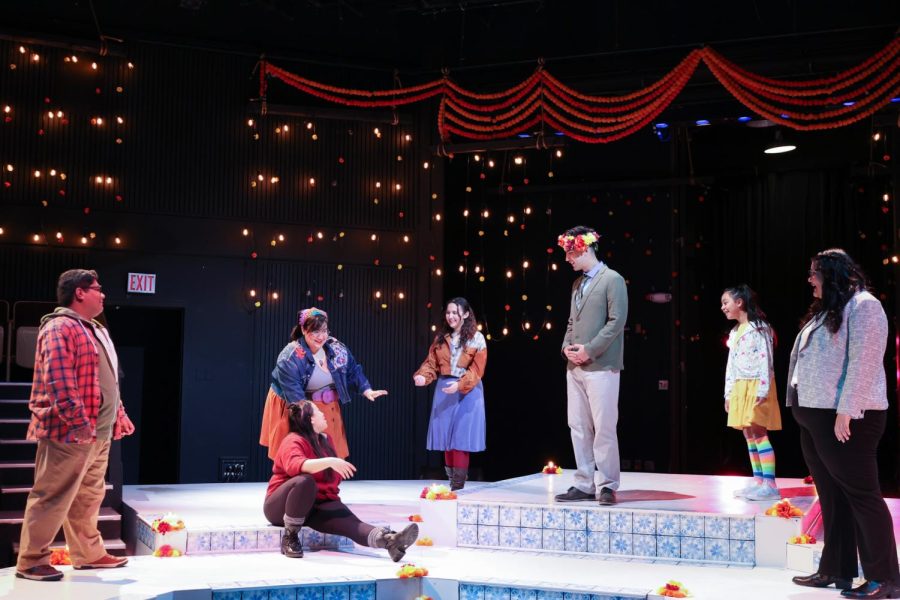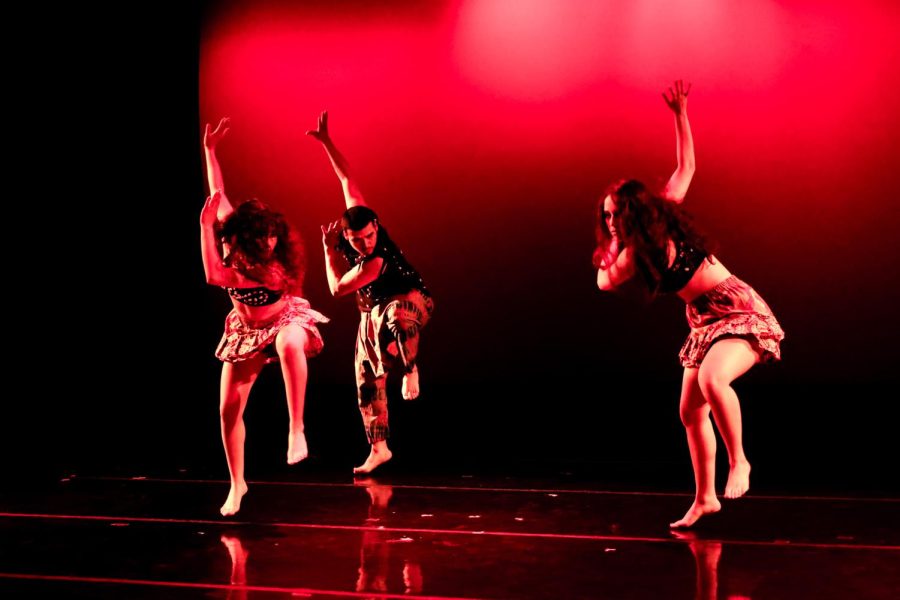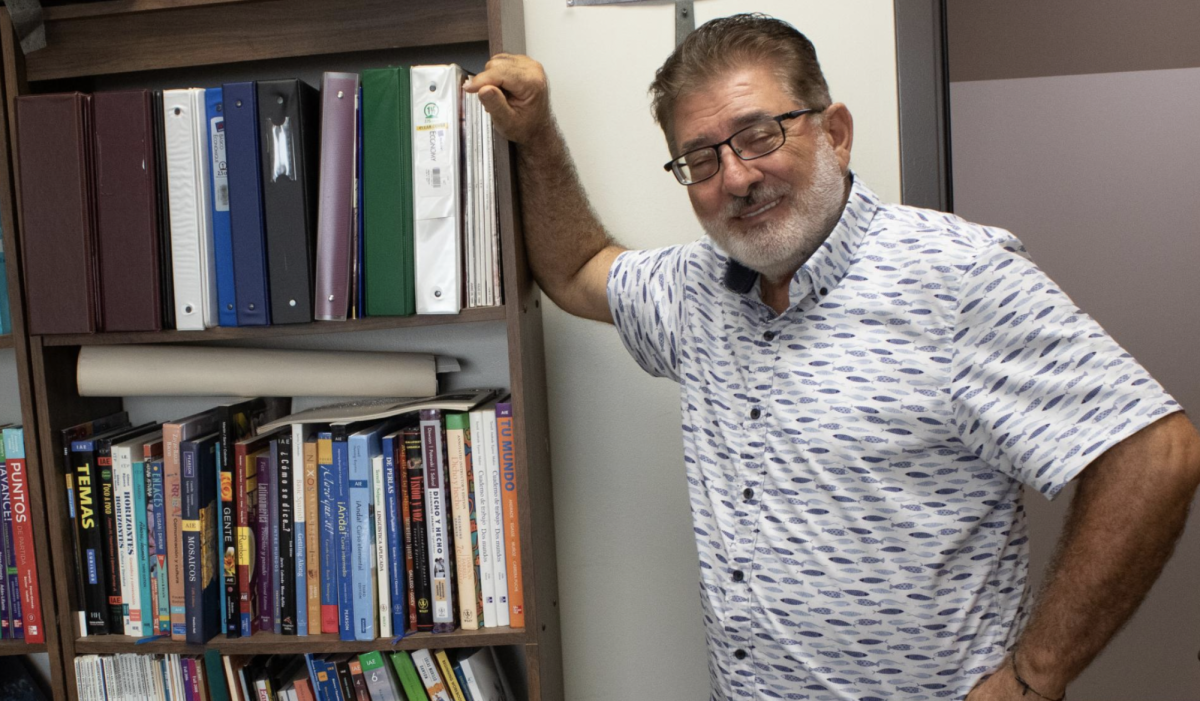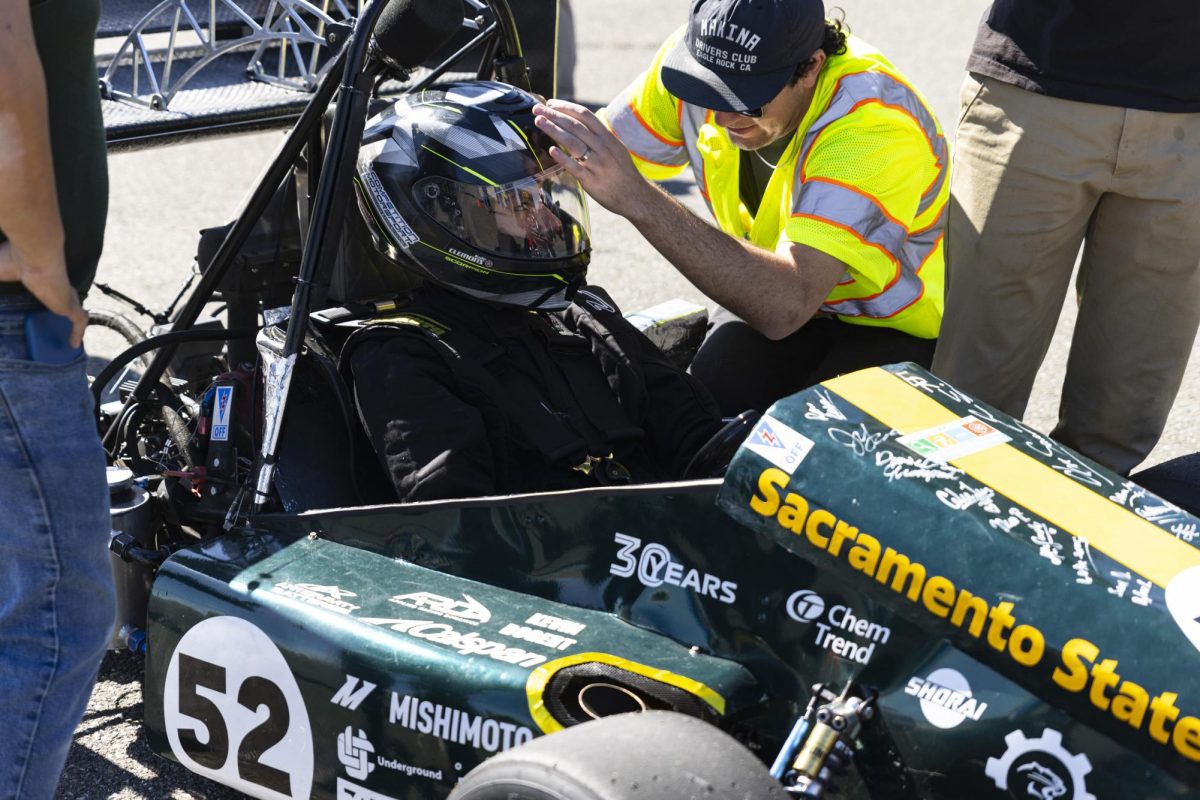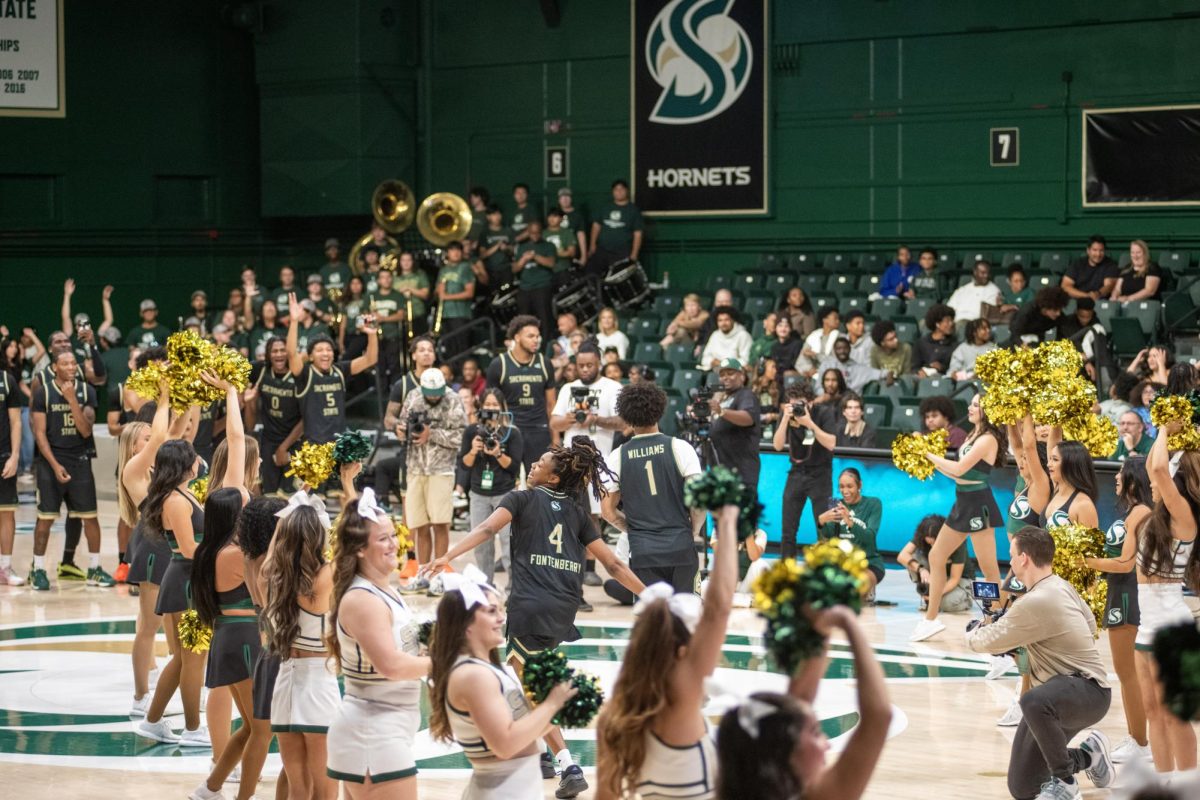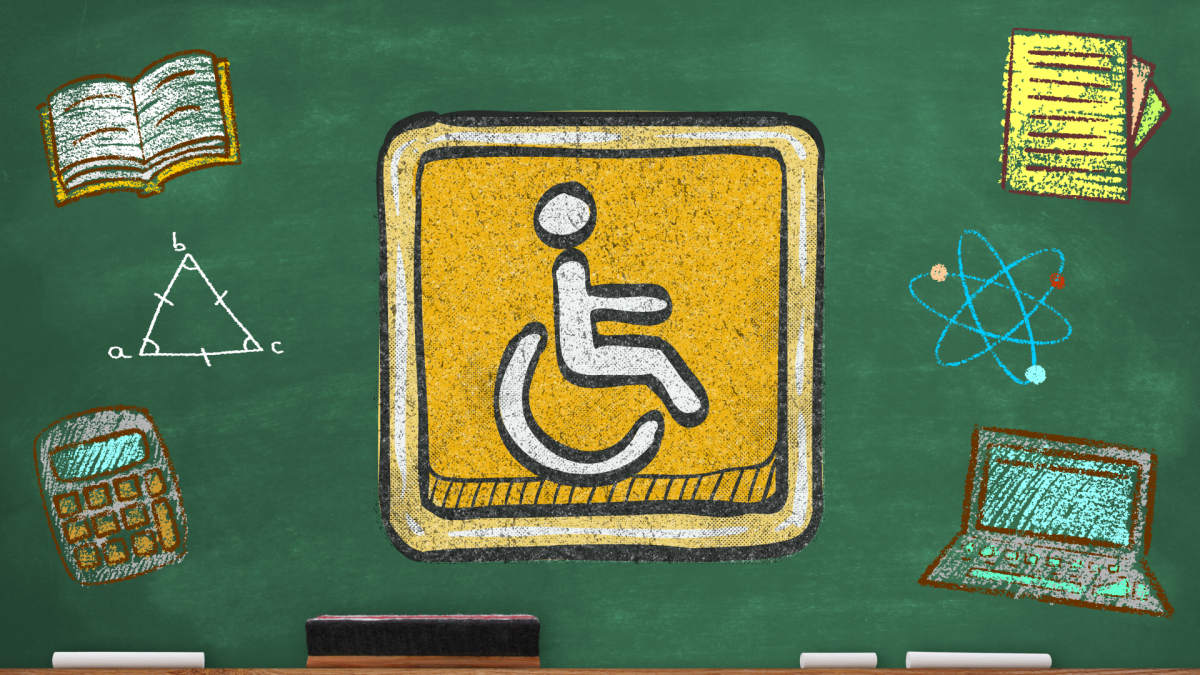Sacramento State students with disabilities are cautiously optimistic about new accessible classroom furniture but still have concerns over what the school should prioritize.
President Luke Wood announced on Feb. 11 that Sac State is partnering with Associated Students, Inc. to dedicate $1.7 million from the Higher Education Emergency Relief Fund toward the purchase of new chairs and desks for classrooms with the goal of making them more modern and accessible.
In Wood’s announcement, he said that the change would be made in the coming months, but it has not been announced when the new furniture will be installed.
The HEERF grant allocates federal funds to help higher education institutions recover from the COVID-19 pandemic. Wood said the decision was influenced by his listening sessions in 2023, where students advocated for accessible furniture in classrooms on campus, according to the announcement.
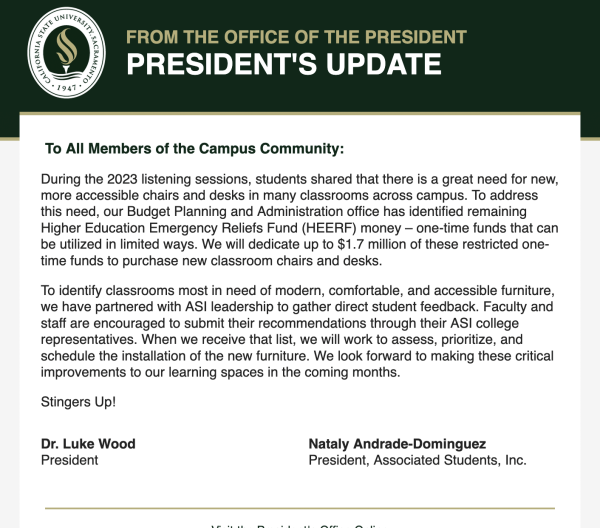
The State Hornet has reached out to Sac State and ASI for insight on a timeline for furniture purchases, but was unable to get one by press time. The survey for student feedback regarding the purchases is still open and can be accessed here.
California Building Codes require public buildings to be accessible to individuals with disabilities to maintain compliance with the Americans with Disabilities Act. Despite this, students are still critical of how accessible these classrooms are.
Kennedy Castro, a junior and graduate student, was diagnosed with Ehlers-Danlos Syndrome at 19-years-old. He walks around campus using a cane for his joint instability.
Castro said he feels that Sac State’s classrooms are technically accessible, but their cramped layout makes moving around difficult.
“It’s really the room size that causes a lot of these issues,” Castro said. “I can imagine, if there was six inches more space between every desk, I wouldn’t have really much of a complaint around campus.”
An email from the Sac State Inclusive Excellence Team sent to students on March 7 acknowledged a lack of accommodations provided by the campus. Some points of concern included a lack of sign language interpreters, ramps for stages, captions and visual descriptions for events.
“These recent events, and others before them, have drawn attention to the painful consequences of exclusion.” The email stated. “On behalf of the entire campus community, we want to sincerely apologize to those who have ever been excluded from fully participating in an event because the necessary accommodations were not provided and access to requesting accommodations was also not provided.”
These issues led to campus events being inaccessible due to a shortage of American Sign Language interpreters, according to Sac State’s Inclusive Excellence Team.
This prompted the development of a “Campus Event Inclusiveness and Accessibility Policy” which is set to be implemented by the fall 2025 semester. It aims to ensure all campus events have disability accommodations by establishing a framework for requests, implementation and accountability measures, according to the email.
Jennifer Murchison, the ADA coordinator for Sac State, said that Sac State is looking at different options for seating within classrooms, but it is uncertain what the exact purchases will be.
“Folks with different kinds of body types find some of the seating uncomfortable,” Murchison said. “Whether it is someone who is very tall or someone who has a larger body size, in addition to those who have physical access stakes in the classroom.”
RELATED: LETTER FROM THE EDITOR: Spring 2025 midway diversity audit
Sarah Wilson, a senior majoring in social work, has neuropathy, severe scoliosis, leg length discrepancy and right hip dysplasia. She said she feels there are a couple issues with classroom accessibility on campus, especially space and resources.
“With all schools, some classes are spacious while other classrooms are small,” Wilson said. “I remember maybe last year I had a class, and the classes were really slim. It was hard for me to move my walker around the desk. Even for the people without mobility aids, they couldn’t move around well.”
Mary Lee Vance, the director of the Disability Access Center and co-chair of Sac State’s Disability Advocacy Committee, said that some of the inconsistency with classroom furniture is because purchases are made by the buildings’ respective colleges or by the university itself.
“All of us have been working on trying to make sure that, as new furniture is acquired… they would be more universally accessible,” Vance said.
Wilson said she also feels like resources are limited within classrooms, which often have only one accessible desk. She said this causes conflict when more than one student needs it. Wilson also said she felt that inconsideration from professors can sometimes aggravate the issue.
RELATED: Students present their concerns to President Luke Wood at town hall
Vance said that the Disability Access Center is not involved with the announced purchases, but more accessible classroom furniture is one of the things the committee has been pushing for.
Lily Beltz is a senior sociology major with Duchenne muscular dystrophy, which causes her to commonly use a wheelchair for movement. Beltz said she feels the coming changes to classroom furniture are a good thing.
“A lot of classrooms have been needing some modernization,” Beltz said. “A lot of the time, some of the desks and the formats of the room make it hard for my wheelchair to get around. So I feel like having work tables and chairs that are useful for adding accessibility to classrooms, I think that’s a good thing.”
Beltz said she felt that accessibility within Sac State is lackluster overall. Beltz said she felt that both classrooms and bathrooms are too cramped, speed bumps around campus cause damage to her wheelchair and even getting into the classroom is a challenge.
“Usually other students will help me open the door. If not, the teacher will open it,” Beltz said. “But I feel like a lot of the doors could use an automatic opener. Because, if I’m by myself and there’s no one there to help me, I can’t really open that door.”
Gerald Delgado, a junior communications and public relations major, said he experienced complications during open heart surgery that left him requiring a walker to move around. He said he gets winded walking long distances, and getting to classes around campus is a challenge.
“I think it’s great that he wants to do that, and that’s where he wants to direct one time funds,” Delgado said. “But you got to go back and take a look at what’s broken.”
Delgado said he feels that the furniture upgrade is good news, but the school should prioritize and address other accessibility issues first. Some issues he said he feels should be addressed are increased accessible parking, increased ADA push button maintenance and upgraded bathroom stalls.
Murchison said that the university is committed to creating an inclusive environment for the students, staff and faculty, and the upcoming furniture upgrades are an aspect of that.
“It’s been desperate,” Vance said. “We need it.”
Additional reporting by Finneas Brumbaugh





